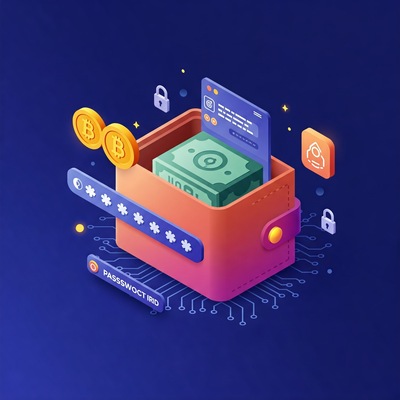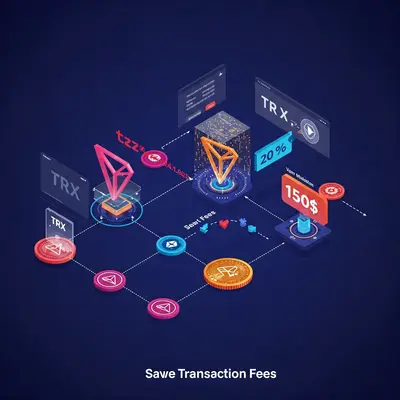Blog Post
Read our latest blog posts and stay updated with the latest trends and insights in the blockchain industry.
Explore a wide range of topics and discover valuable information that can help you enhance your
knowledge and skills.


By Chaingateway
May 12, 2022
Even though blockchain technology is relatively new, it’s been super popular for the past few years. There are companies and individuals from many industries and walks of life, tapping into blockchain technology. As blockchain continues to become an inseparable aspect of our daily lives, it’s important to be able to distinguish some key aspects and concepts heard often in the blockchain sphere.
A public blockchain is a blockchain which is open to the public, and anyone can join without asking for permission. The network isn’t controlled and monitored by anyone, and each new user can contribute to it, meaning it’s fully decentralized. Data stored on the public blockchain is perfectly safe because it’s impossible to modify or tamper with the data once It’s been validated on the blockchain.
Some of the largest public blockchains today include very well-known names such as Bitcoin and Ethereum. Some of the benefits of a public blockchain include:
Even though a public blockchain has many benefits, it does come with some drawbacks as well. Of course, with the blockchain being open, not all users want to use the technology for their betterment. There’s always a chance that users might use the public blockchain with malicious intent.
Another drawback is the inefficiency. Public blockchains require an enormous amount of computational power needed to maintain the ledger on a large scale. This process is very energy extensive as special nodes called miners compete to complete a transaction on the network for a reward.
Contrary to the public blockchain, the private blockchain operates under different circumstances. The primary use of the private blockchain is to develop and build an internal network within a limited group of users. It operates as a centralized system, with a network administrator at the head of the network. To join the network, users need permission from the admin first.
Private blockchains are mostly used in companies and professional environments so there are certain regulations that other platforms don’t have. When the nodes compete to complete a transaction on the network, they must abide by certain rules unlike the nodes in a public blockchain.
Some of the benefits of a private blockchain include:
Some of the disadvantages of the private blockchain are the lack of decentralization which is the main purpose of the technology and the lack of immutability.
Now that we’ve given a little introduction to what a private and public blockchain is, it’s time to delve into the matter question: What’s the difference?
While both technologies have their use, any user needs to be able to differentiate the two. In a nutshell, we’ll go over the most important differences between the two.
In private blockchain, transaction speeds are much than those in public blockchains. This is because there are fewer users present in the private blockchain, which means that fewer users are asking for transactions or records leading to less burden on the network load. Public blockchains have a lower transaction speed because many users can be present on the network, asking for a transaction or a record at the same time.
Even though transaction costs on the blockchain are minimal, the cost differs in both types of blockchain. Public blockchains have a higher transaction cost since many users can overload the system, making the transaction speed much slower. Slower transaction speeds lead to higher end costs.
Once a file ends up on the public blockchain it’s there. It cannot be moved, edited or tampered with. Since the private blockchain has one or more administrators, they can decide to partially delete or remove the file from the blockchain network.
One of the biggest differences between the two blockchains is the access or permissions. Public blockchains are fully open for anyone to join, whereas you need administrator permission to join a private blockchain. There is an authorization process which means only selected members can participate in the blockchain.
Even though keys used in the technology are sometimes hacked, the blockchain itself has reportedly never been hacked or breached. The technology used in the blockchain consists of a network of computers that confirm transactions, instead of a single central server that does this. In this sense, the private blockchain is more secure as only selected members are allowed to join the network, and there is a central authority with the role of an admin who can monitor the network to an extent.
That concludes our analysis of the difference between private and public blockchains at a glance. Overall, the most important difference is the role of the user and how data is managed and processed. In the end, it all comes down to the preference of the user, and what features he or she needs for the chosen blockchain type. Both types can be adapted to different situations. There is also a type called permissioned blockchain which is a mix of both. All users can join the network, but their identity must be verified first.
Share This Post
Enter your email to receive our latest newsletter.
Don't worry, we don't spam

chaingateway

chaingateway

chaingateway
Learn key blockchain security tips, from private key management to two-factor authentication, for safe transactions with Blockchain API.